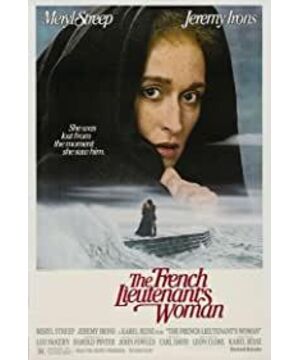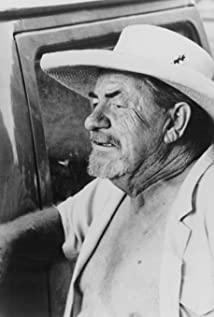The two-line narrative in this film belongs to the parallel narrative method, and the two different time and space tend to be equal in structure.
In this film, the highest structural form in the "interlaced structure of time and space" - "layer structure" is adopted. Simply put, the stories of two films are compressed and displayed in parallel in the same film. This enriches the connotation of the film to a certain extent, makes the story fuller and more powerfully expresses the thematic connotation of the film. Such a narrative may seem messy, but it makes the content more compact, arousing the audience's attention and desire to explore.
In this film, the double-line narrative mainly develops the plot through the following two aspects:
1 Narrative style. Different narrative styles are adopted for the two time-spaces. The past time-spaces were mainly dramatic, with obvious contradictions and conflicts. The costumes and the performances of the characters have a strong stage quality; now the time and space are life-like, and the plot is smooth and casual. The actor's performance and the setting are more closely related to life.
2 audiovisual methods. Past time and space: mainly medium and close-up shots, close-ups and fixed shots, and gray and black as the main color. Editing: There are many short cuts and the performance is dramatic. Now time and space: there are more panorama and medium shots and sports shots, and the colors are mainly bright. Editing: There are fewer jump cuts and more long shots, and the performance is life-like.
View more about The French Lieutenant's Woman reviews











